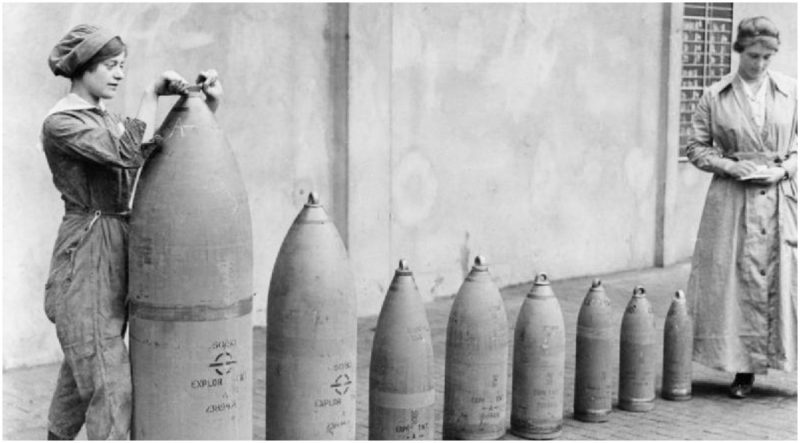With nearly 20 million deaths and more than 20 million wounded, in its time, World War I was the most devastating conflict human history had ever seen. It was the first ‘total war’ and involved all sectors of society, including men, women, and children.
The Home Front in wartime Britain saw significant changes in the life of every citizen. Society saw a massive change in the role of women, who took over a number of traditional male roles and started working as police officers, mechanics, train conductors, munition/ammunition factory workers, etc.
Women who were recruited to work in munitions factories during World War I were known as Munitionettes or Canary Girls because the chemicals involved in the making of the ammunition turned their skin yellow. The Canary Girls made many of the trinitrotoluene (TNT) shells for World War I. They mixed the chemicals by hand, and many of them contracted severe jaundice, which causes the skin to turn yellow due to liver damage.
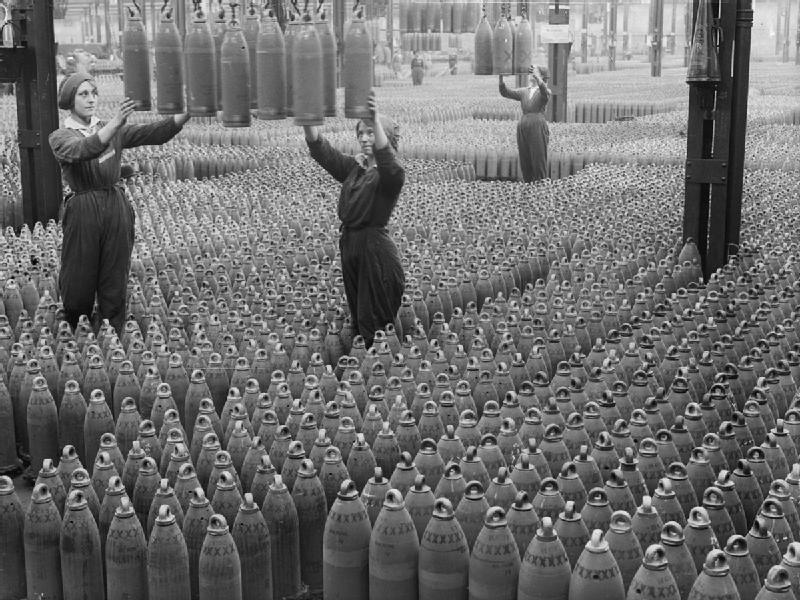
By the end of the war, British industry had produced 4,800,000 rifles, 250,000 machine guns, 52,000 airplanes, 2,800 tanks, 25,000 artillery pieces and over 170 million rounds of artillery shells. The Munitionettes made roughly 80% of the weaponry and ammunition used by the British army.
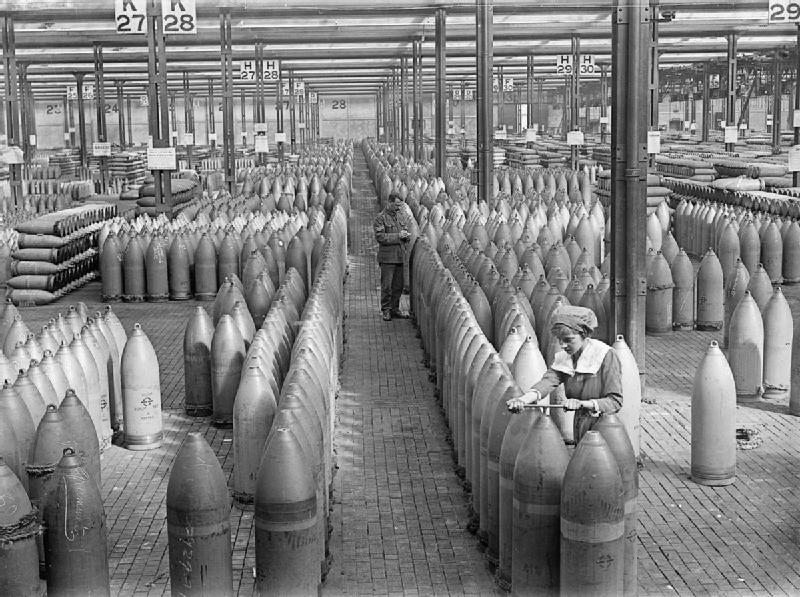
By the middle of 1915, around 750,000 men had been killed, and many male workers in munition factories were recruited into the army, creating the need for female workers. The first Munitions Act of July 1915 confirmed that women could be permitted to work in professions they had been excluded from before the war.
Flyers, leaflets, and advertisements were used to encourage women to join the workforce. Slogans like ‘National Service’ or ‘Women’s Land Army,’ were widely used and by 1916 more than 370,000 women were employed in the metal trades. It is estimated that around 12,000 of them were employed in shell making and shell filling.
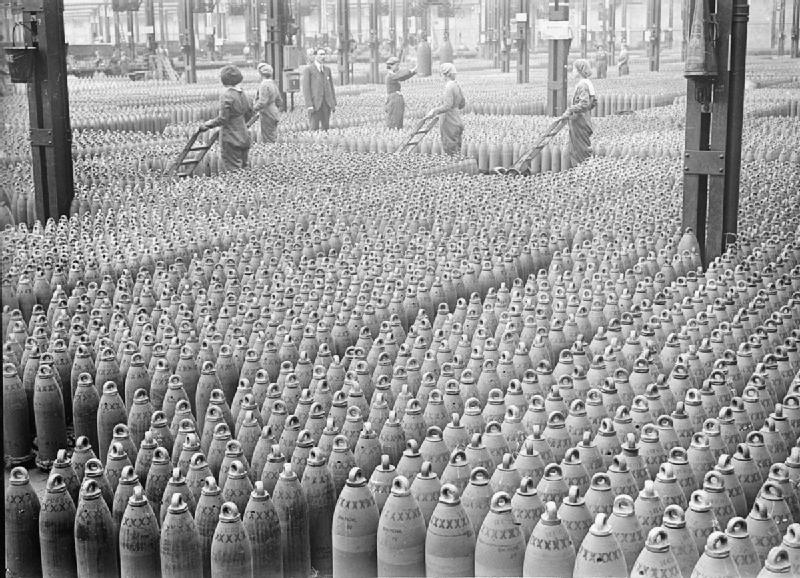
The women workers that were regulated by the Ministry of Munitions were paid on average less than half the wage of men doing the same jobs. They worked shifts of up to twelve hours in dangerous conditions, with two meal breaks of thirty to forty minutes each. In spite of the fact that efforts were made to reform working conditions, many employers didn’t follow the recommendations.
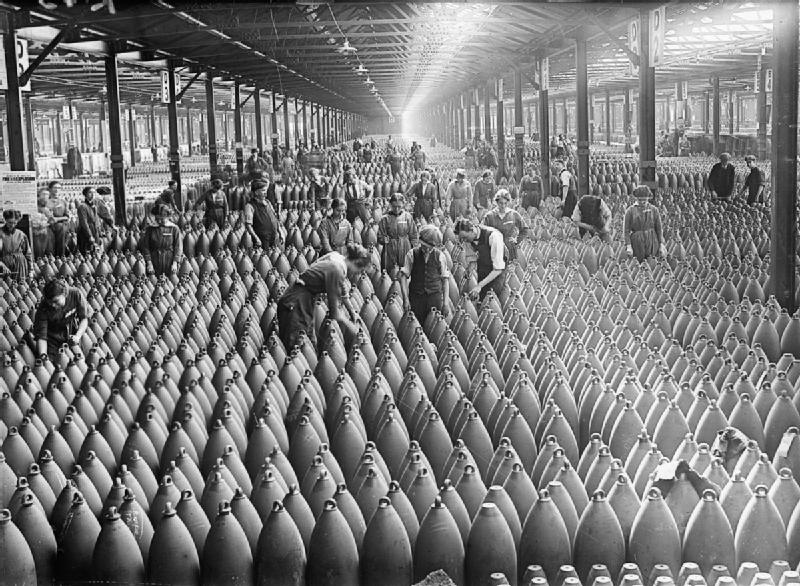
TNT poisoning was the main threat to woman workers and the cause of more than 300 deaths. Women exposed to chemicals such as TNT were not properly protected, and that is why they often experienced liver failure, anemia, and spleen enlargement.
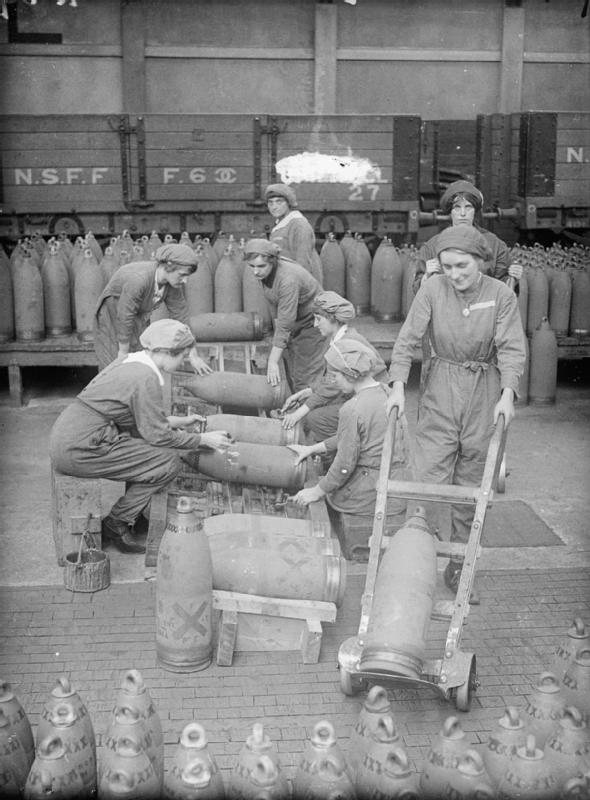
The Daily Mail writes that less known was that the same yellow coloring would apparently happen to their children, who were dubbed ‘Canary Babies.’ There were numerous cases of yellow babies born to the munitionettes.
Another serious risk to munitions factories and their workers were explosions, which often injured or killed the workers. Some positive steps were taken to control explosions, including inspectors whose job was to make sure that workers didn’t bring in hair pins, matches, or cigarettes.
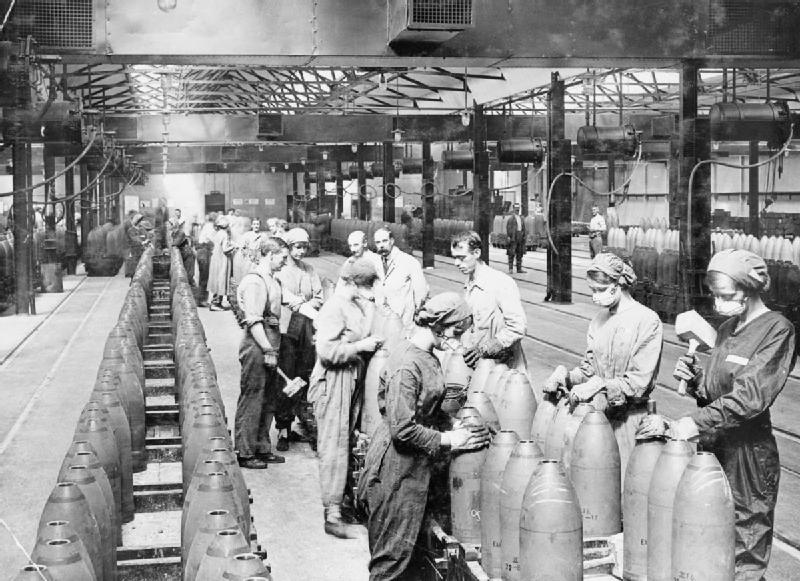
More than 70 people were killed, and over 400 were injured in the 1917 Silvertown explosion, while over 130 workers died in the 1918 explosion at the National Shell Filling Factory, Chilwell.
Estimates are that two munitionettes died per week in the service of their country.
